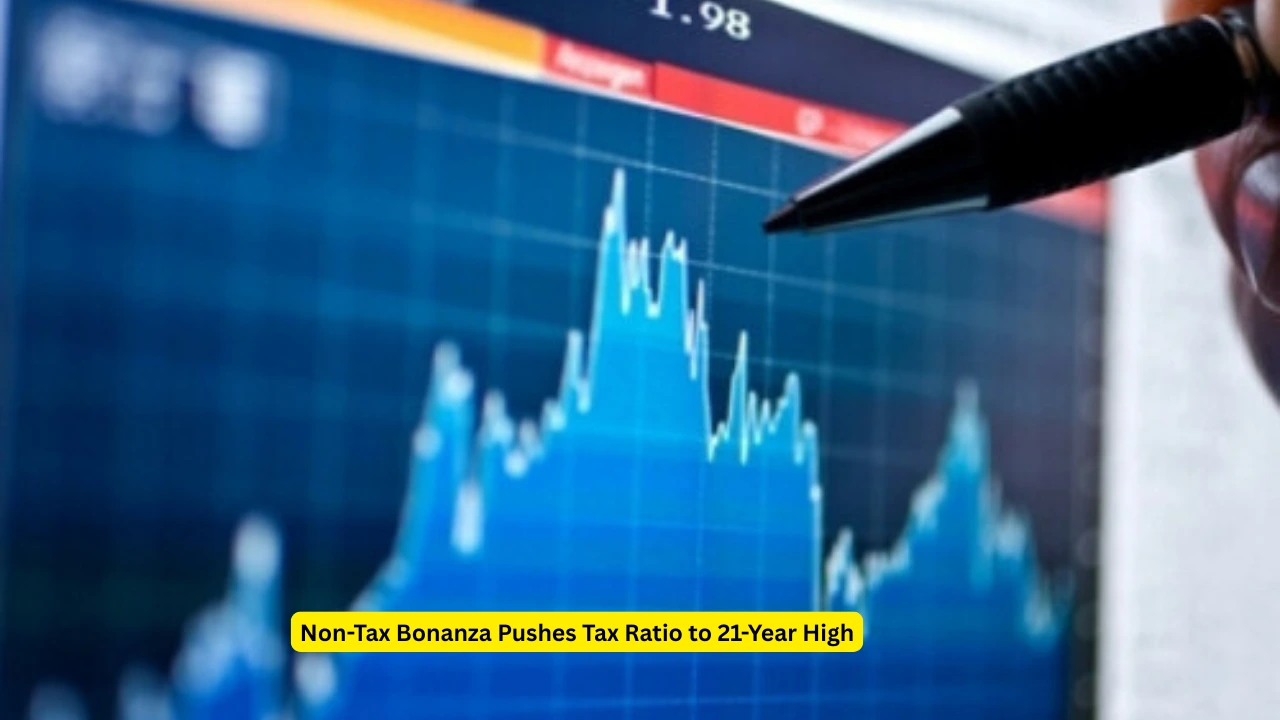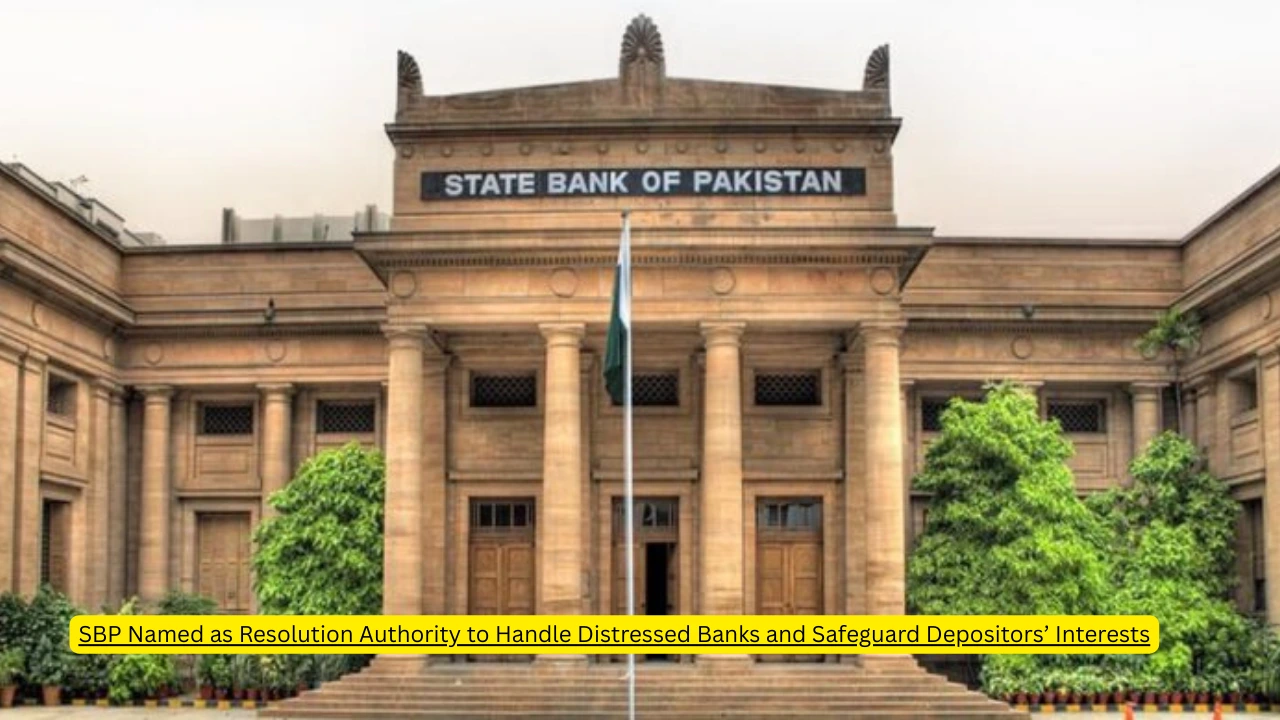Introduction: Pakistan’s Tax Ratio Breaks Records
Pakistan’s economy in 2025 has reached a new turning point. Government policies and the non-tax bonanza have pushed the tax-to-GDP ratio to a 21-year high, which is also a positive signal for the IMF and World Bank.
The biggest challenge for Pakistan now is how to convert this momentum into sustainable growth. If the country relies too heavily on non-tax revenue, the economy may face long-term difficulties.
What is a Non-Tax Bonanza?
A non-tax bonanza refers to the revenue that the government earns from sources other than direct and indirect taxes. The major share comes from the petroleum levy, gas infrastructure development cess, dividends from state-owned enterprises, and telecom spectrum auctions.
In the recent fiscal year, these non-tax revenues increased unexpectedly, pushing Pakistan’s tax ratio 2025 to a record high. This development has provided a cushion for the economy, boosting the confidence of foreign lenders and investors.
Tax Ratio 2025 – Why It Matters?
The tax ratio refers to the share of a country’s GDP collected through taxes and revenues. A higher tax ratio carries great significance, especially for countries like Pakistan:
- Debt Servicing: It becomes easier to repay foreign and domestic loans.
- Development Projects: More funds become available for infrastructure, health, and education.
- Credit Ratings: International agencies place greater trust in Pakistan.
- IMF Targets: Meeting agreements with the IMF and World Bank becomes simpler.
This is why experts emphasize that keeping the tax ratio 2025 stable and further increasing it should be an essential part of Pakistan’s survival strategy.
Impact on Pakistan’s Economy
Because of the non-tax bonanza:
- The fiscal deficit has decreased.
- The government has gained additional resources.
- Managing the import bill has become relatively easier.
However, there is also a risk. If non-tax revenues decline — for instance, due to changes in oil prices or delays in telecom auctions — the economy could once again face a fiscal gap
Challenges to Sustainable Growth
Experts say that relying solely on non-tax revenue provides only temporary relief. For a long-term solution, it is essential to:
- Broaden the direct tax base.
- Properly document the agriculture and retail sectors.
- Eliminate tax evasion and corruption.
- Bring the digital economy and e-commerce sector into the tax net.
If these reforms are implemented, Pakistan’s tax ratio 2025 will not just remain a short-term achievement but can become a guarantee of long-term stability
Government’s Strategy Moving Forward
The government is now dividing its strategy into two parts:
- Short-Term: Maximizing non-tax revenue and meeting IMF targets.
- Long-Term: Expanding direct taxes through structural reforms and documenting the economy.
Both steps are essential, because relying on only one side could lead to negative consequences for the economy in the future
Conclusion
Pakistan’s tax ratio 2025 has reached a 21-year high, marking a remarkable achievement. The non-tax bonanza has provided the government with a rare financial opportunity. The real challenge now is how to maintain this momentum and steer the economy toward long-term stability and growth.
If the government focuses on direct tax reforms, broadens the sectors, and effectively utilizes the digital economy, Pakistan can strengthen its financial foundation. Otherwise, this record-breaking tax ratio may turn out to be only a short-lived story. If you want to know about Pakistan’s Rupee Sees Longest Streak of Gains in Over a Year, then click here



2 thoughts on “Non-Tax Bonanza Pushes Tax Ratio to 21-Year High”